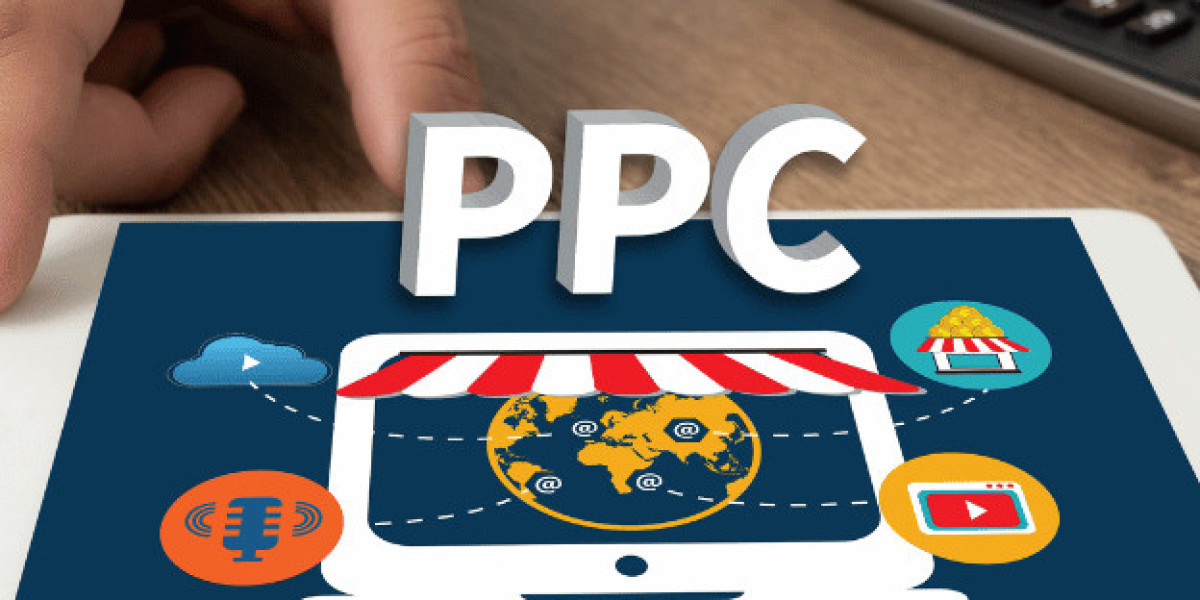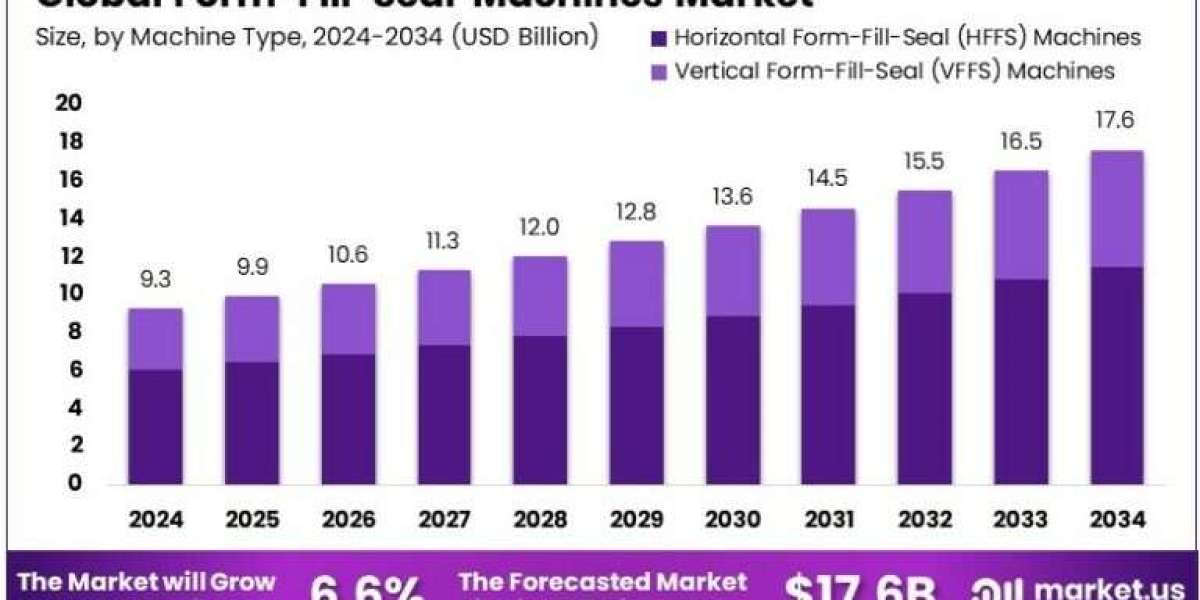Digital Marketing through pay-per-click (PPC) advertising can generate immediate results, drive traffic, and boost sales but only if you manage it smartly. Without optimization, PPC campaigns often bleed money. Below are ten proven ways to refine your PPC strategy, improve performance, and make every ad dollar count.
1. Define Clear, Measurable Goals
Begin by setting specific goals: increase leads by 20%, raise conversion rates, reduce cost‑per‑acquisition, grow brand awareness, or drive sales during peak periods. Make these goals SMART (Specific, Measurable, Achievable, Relevant, Time‑bound). Knowing exactly what success looks like helps you make decisions for bids, budget, messaging with purpose.
2. Know Your Audience & Match Intent
Who is searching for your product or service, and why? Understand intent: are they researching, comparing, or ready to buy? Segment your audience by behavior, demographics, geography, device type, etc. Use this insight to tailor ad copy, keywords, landing pages, and even bid adjustments. The better the match between what someone’s intent is and what your ad delivers, the higher your performance.
3. Keyword Strategy: Broad, Exact & Negative Matches
A balanced keyword strategy includes:
- Exact match keywords for highly specific terms with strong conversion potential.
- Phrase or broad match to capture related search traffic.
- Negative keywords to exclude irrelevant terms that waste budget (e.g. “free”, “jobs”, or unrelated product types).
Regularly review search query reports to spot wasted spend. Removing poorly performing or irrelevant terms improves relevance and efficiency.
4. Optimize Your Ad Copy for Relevance & Value
Your ad needs to immediately show why it’s worth clicking. Include your primary keyword, strong value proposition, benefits rather than just feature, and a clear call to action. Experiment with ad variations: headline tweaks, different benefit statements, urgency or discount offers. Testing helps you find what messaging resonates best with your audience.
5. Use Strong, Relevant Landing Pages
Clicks are great but if your landing page doesn’t deliver, you lose the opportunity. Landing pages should be closely matched to the ad: same promise, keywords, tone. Fast loading speed, mobile friendliness, clear CTAs, and simple layout matter. Remove distractions. The journey from ad → landing page should be seamless.
6. Leverage Bid Management & Smart Automation
Manual bidding gives you control, but it’s labor intensive. Automated bidding strategies (e.g. target CPA, ROAS, enhanced CPC) can free up your time and often perform better once you have sufficient data. Use bid modifiers: adjust bids based on device, geography, time of day, or audience segments. For example, increase bids during peak hours, or reduce when performance drops.
7. Use Ad Extensions & Enhanced Ad Formats
Extensions (sitelinks, callouts, structured snippets, etc.) enrich your ad, give more information, and occupy more real estate on the search result page often improving CTR. Enhanced formats like responsive search ads or dynamic search ads help your ads adapt to more searches. Experiment with display or video formats if applicable, especially for brand awareness.
8. Schedule Your Ads and Use Ad Timing
Not all hours or days are equal. Analyze when your audience is most active and responsive. If conversion rates are higher on certain days or times, schedule your ads or increase bids then. Conversely, reduce spend during underperforming periods. This ensures you allocate budget when it matters most.
9. Monitor, Test & Iterate
Continual testing is at the heart of a winning PPC strategy. A/B tests your headlines, descriptions, images, and calls to action. Try different landing pages. Compare bidding strategies. Track performance regularly: what keywords convert, what ads underperform, where costs are creeping up. Use analytics tools to dive deep conversion path, attribution models, and user behavior after clicking. Data should guide adjustments.
10. Measure ROI & Keep Budget in Check
A PPC campaign without good ROI tracking is just guesswork. Use conversion tracking tools (Google Ads, Google Analytics, etc.) to tie clicks back to real outcomes (sales, signups, etc.). Know your cost per conversion, lifetime value of a customer, and how much you can profitably spend. If some campaigns or keywords aren’t delivering, pause or reallocate that budget to those doing well.
Why These Steps Matter
Even a modest PPC budget can deliver strong returns when optimized correctly. These practices help you:
- Reduce wasted spending and increase ROI.
- Improve ad relevance, boosting quality score, reducing cost per click.
- Focus budget on times, terms, and messages that actually convert.
- Gain deeper insights into what your audience values and how they behave.
Together, these lead to more consistent performance and ability to scale.
Putting It All Together: A Checklist to Follow
Task | Why It’s Important |
Write ad copy tied to landing page | Boosts conversion rate |
Use ad extensions/formats | Increases visibility and CTR |
Automate bids where sensible | Saves effort, often improves results |
Schedule ads based on performance data | Maximizes budget usage |
Test variations continuously | Helps discover what works |
Track conversions and ROI | Know what’s profitable |
Final Thoughts
For those looking to deepen their expertise, enrolling in digital marketing training in Ahmedabad and SEO classes in Ahmedabad can provide the skills and insights needed to refine your PPC campaigns and overall digital strategy.
Over time, these steps compound. What begins as small improvements gradually lead to more efficient ad spending, stronger returns on investment, and a PPC strategy that not only drives traffic but drives results. When you implement these 10 ways thoughtfully, your PPC becomes less a cost center and more a conversion machine.








